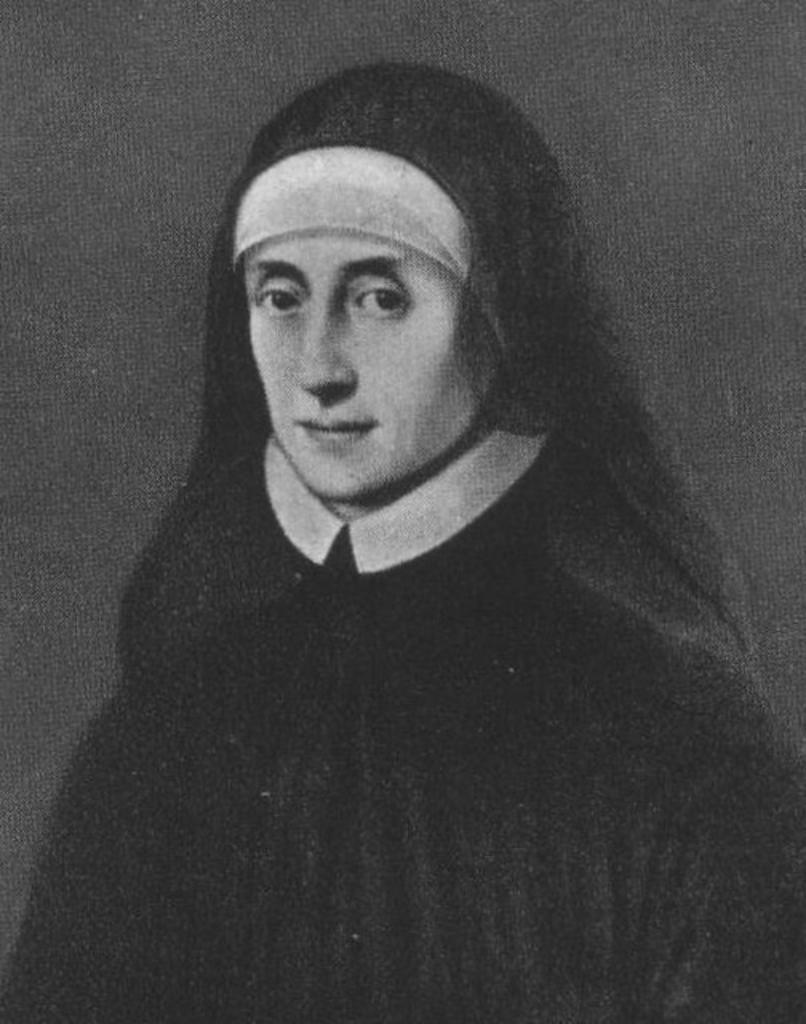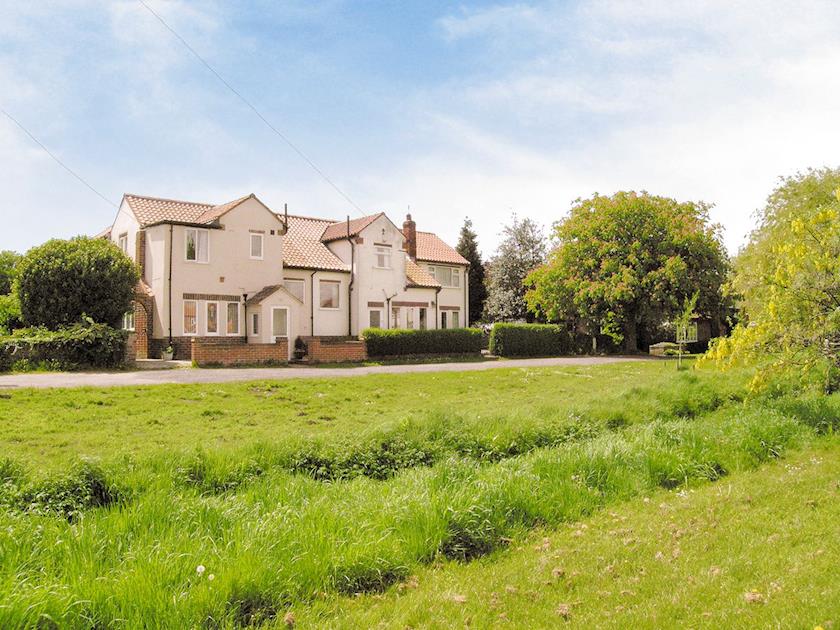Come with us as we journey backwards through the mists of time. No pushing at the back.
Like many of York’s satellite villages, Osbaldwick is experiencing some changes. Tucked behind the mammoth B&Q store, and being encroached upon by both Tang Hall and the new Derwenthorpe development, it’s easy to see why Osbaldwick is often overlooked. So let’s look at it.
Unlike the neighbouring housing estates now snuggling up, the original village of Osbaldwick is old. Mentioned in the Domesday book as Osboldewic, it can be assumed that the village was named for an Anglo-Saxon Earl of Northumbria, Osbold. So yeah… old.
Makes sense
Also unlike many of the other smaller villages of York that have been slowly enveloped by the growing city, it’s very clear to see why Osbaldwick exists where it does. What would have originally been a small collection of farmhouses working the fields on that side of the city walls, the village was well placed near to the main road out of York and right by a stream, Osbaldwick Beck.
Prior to the Norman Conquest of 1066, Osbaldwick was under the direct control of the church. However, following the ‘regime change’ the position of Prebend of Osbaldwick was established, essentially creating a Lord of the Manor – a position that exists to this very day.
Say your prayers
As the population of the village started to grow, a parish church was required. St Thomas’ was constructed at some point in the 12th century and features some standout elements. Some of the church’s original windows are still in place and St Thomas’ is also the resting place of a special woman.
Responsible for establishing the congregation upon which The Bar Convent is based, Mary Ward was a catholic nun, teacher and nurse from Yorkshire who lived during very dangerous times for Catholics. With Papal protection she toured Europe, opening schools for girls and free hospitals for the poor. After a lifetime of missionary work, she returned to Yorkshire and established a convent at Heworth where she died during the Siege of York in 1645.
Worried that her body would be desecrated if buried within the city walls, her followers took her to quiet Osbaldwick where the church records state, “the vicar was honest enough to be bribed”. Nice. There she was buried and remains to this day, recently enjoying full recognition by the Holy See in 1909 and a mention by Pope Benedict in 2010. Hit up The Bar Convent’s museum to find out more about her.

Cheers
The Derwent Arms, Osbaldwick’s local drinking establishment, dates back to 1823. Originally The Black Bull, the tavern boasted stables, accommodation, and even a wash house. It was the perfect place to stay for weary travellers heading into York. The name was later changed to pay homage to the Derwent Valley Light Railway that passed through the village – today still partially existing as the Sustrans National Cycle Route 66. Speaking of which…
The Derwent Valley Light Railway was a short-lived passenger service that called at Osbaldwick between 1913 and 1926. Connecting to the main line by the Rowntree Factory, the track ran to Cliffe Common near Selby and became known as the Blackberry Line, as passengers would take daytrips out to pick blackberries on the common.
The line remained in operation until 1981, primarily to transport freight. However, a small section was reopened near to Osbaldwick in 1993 as part of the Yorkshire Museum of Farming at nearby Murton.
Filling in the gaps
As York continues to grow and prosper, the gaps between the city and its smaller village cousins will continue to shrink. Already Osbaldwick is considered ‘a neighbourhood’ of York, rather than an independent township, and it’s easy to find yourself in the village without ever realising. However, by peeling back a few layers of history, and pouring over some glorious old maps, it’s possible to rediscover some hidden delights.









Add a comment